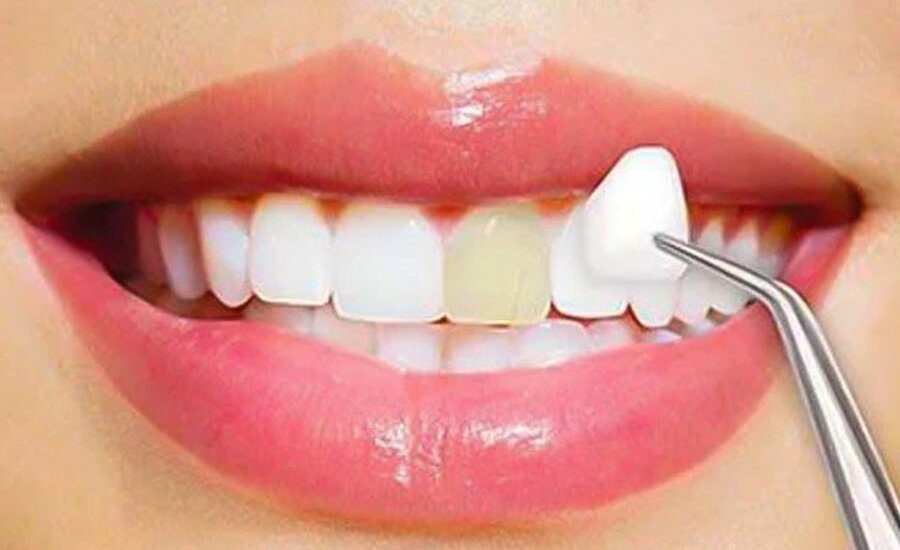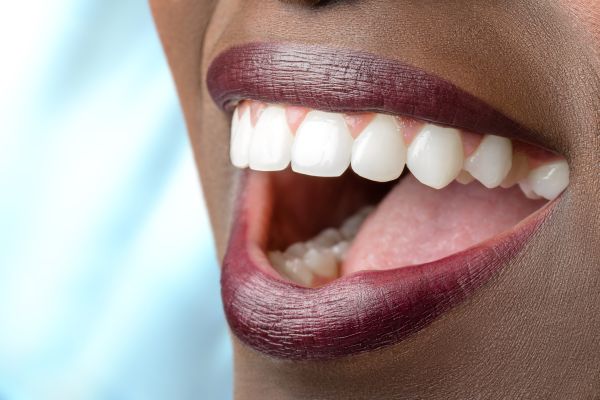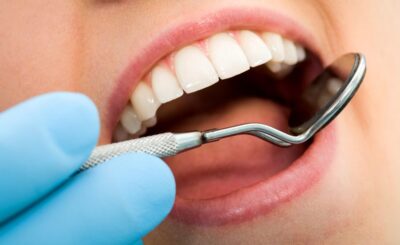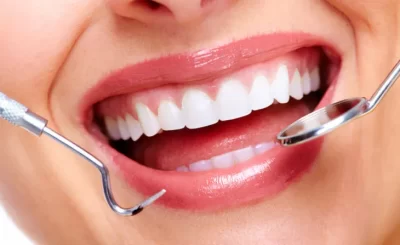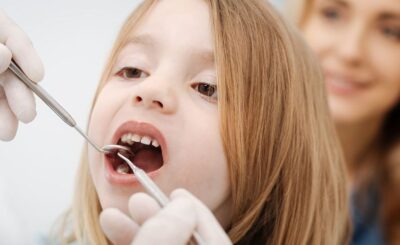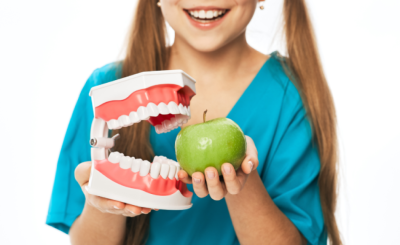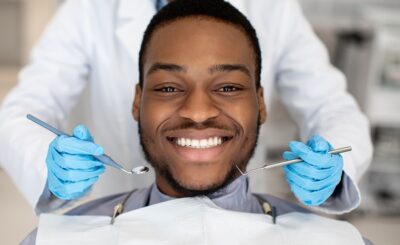Let’s delve into the world of cosmetic dentistry. In particular, let’s focus on Invisalign. A game-changing solution, Invisalign has been turning heads globally. It’s a revolutionary approach in the field, pioneered by the experts at Chase Dental Sleepcare. It offers a discreet yet effective way to align your teeth. In this blog, we will delve deep into the specifics of this innovative method.
What is Invisalign?
Invisalign is a type of clear aligner used in orthodontics. It’s a practical substitute for braces. It serves the same purpose – to straighten teeth. Yet it does so in a less visible way. The clear aligners are custom-made to fit your teeth. They slowly shift your teeth into the desired position.
Why Choose Invisalign?
Invisalign provides a myriad of benefits. Let’s explore three key advantages.
- Discreet: Traditional braces can be conspicuous. Invisalign aligners are clear and virtually invisible.
- Comfortable: Metal braces can cause discomfort. Invisalign aligners are smooth and gentle on the gums.
- Removable: You can simply remove your aligners while eating or brushing. This is not possible with traditional braces.
Invisalign Vs Traditional Braces
Now, let’s compare Invisalign to traditional braces using a simple table:
| Feature | Invisalign | Traditional Braces |
| Appearance | Clear and discreet | Metal and visible |
| Comfort | Smooth and gentle | Can cause discomfort |
| Removability | Yes | No |
Conclusion
Invisalign is indeed a revolutionary approach in cosmetic dentistry. It offers a discreet, comfortable, and practical solution for teeth alignment. It’s an innovation that resonates with the modern medical ethos—to provide effective treatments that are also patient-friendly. Invisalign, brought to us by Chase Dental Sleepcare, is a beacon of this change, and trusted providers of family dentistry Pasadena Texas can help patients explore whether this option is right for them.
There’s so much more to uncover about Invisalign and its benefits. This post just scratches the surface. To learn more, consider checking out resources from reputable sources like the American Dental Association.


